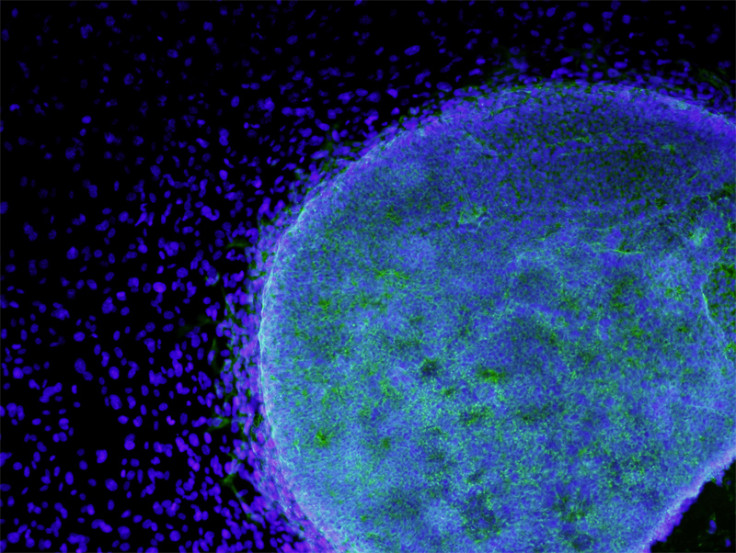Stem cell research goes from making blood vessels to sex cell precursors in lab: Recap 2014

In a giant step towards making artificial life from the scratch in a lab, researchers from the Weizmann Institute of Science and Cambridge University created primordial germ cells that give rise to sperm and ova.
Human cells were programmed into the early developmental stage, setting the stage for development of new reproductive technology to address fertility problems.
While human embryonic stem cells were used to form the germ cells, the group showed that it could be made from reprogrammed adult cells, such as skin cells.
In diabetes
Breakthrough research from Harvard has shown it is possible to grow insulin producing beta cells using embryonic stem cells.
In another major breakthrough, scientists at the University of California, San Diego School of Medicine and Veterans Affairs San Diego Healthcare System recorded the dramatic growth of grafted stem cells in rat spinal cord injuries.
In spinal cord injury
Neurons from human-induced pluripotent stem cells (iPSC) that were grafted into rats after a spinal cord injury produced cells with tens of thousands of axons (nerve fibres) extending virtually the entire length of the animals' central nervous system.
Making blood vessels
Blood vessel formation in damaged areas of the brain was achieved by transplanting bone marrow stem cells along with drug therapy in mice models by scientists at CEU Cardenal Herrera University.
Researchers at Sahlgrenska University Hospital in Sweden went a step ahead and transplanted blood vessels made from three spoons of blood, doing away with the need to drill into the bone marrow to obtain the stem cells.
Healing blindness
Researchers from India and the US used stromal stem cells retrieved from the limbus area of the eye to heal damaged corneas on an experimental model of corneal scarring at the LV Prasad Eye Institute in India.
Use of embryonic stem cells to treat macular dystrophy and degeneration was proven to be safe with low rejection rates.
A team at the Indiana School of Medicine reported success in harvesting endothelial cells from the embryo and injecting into mice suffering from blindness or damaged limbs.
The cells developed into blood vessels in the damaged region restoring blood flow to the eye and limbs.
The gene that directs stem cells
A team of Michigan State University researchers have stumbled upon a gene known as ASF1A, key to cell reprogramming mechanism, that could also hold the key to the development of stem cells.
As a bit of a dampener came the large-scale study from All India Institute of Medical Sciences (AIIMS), conducted on 120 patients that showed stem cell treatment is not effective in treating paralysis resulting from a stroke.
It compared the outcome in those treated with stem cells to others and found no difference.
Clearly, more work needs to be done before stem cells can be used in therapy. But regulations are lacking in many countries which only have guidelines in place for research but not for use in medical practice.
From a stem cell burger made in 2013 to "vegetarian meat" as promised by the Waginengen University using stem cells, the primitive cells of the body are just a few steps short of offering immortality.
Stem cells are the body's growth and maintenance units that differentiate in the growing embryo into the various cell types to build organs. At later stages, they are used by the body to replace damaged tissues.
Animal models have been used in the last few years to grow the required organs from injected stem cells which are then transplanted into humans.
© Copyright IBTimes 2025. All rights reserved.





















